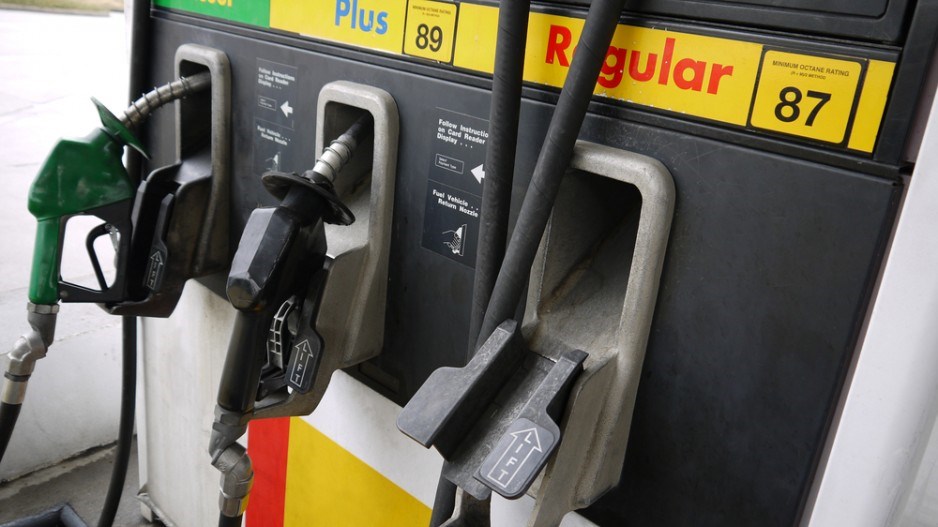Canadian inflation slowed in February, largely driven by a significant drop in the price of gas.
Consumer prices were up 1.4% year-over-year in the month, down from 2% in January and largely in line with analysts’ expectations. Meanwhile, in February alone, gas prices fell almost 7%—the seventh consecutive monthly drop in this component—bringing the 12-month drop to just over 13%. Excluding gasoline, prices increased 1.9% year-over-year, after increasing 2% in January.
RBC economist Josh Nye pointed out this trend may not continue.
“Recent gains in oil prices, if sustained, should put upward pressure on gasoline prices in the near term; however, larger increases in the first half of 2015 point to the energy component remaining a drag on overall year-over-year inflation in the coming months,” Nye said in a note to investors.
Food prices continued their upward trend in February with a 3.9% year-over-year increase driven by a 14.4% gain in the price of fruit and a 17.2% increase for vegetables. On the other hand, clothing prices fell 1.3% in the month.
Core inflation increased 1.9%, down a tick from January.
“That’s only the second time in the past 18 months that core has been below 2%, and it could stay just below that mark for a while with the loonie suddenly on steroids and underlying soft growth,” said BMO Capital Markets’ Douglas Porter.
In British Columbia, prices increased 1.6% in the month and 0.1% year-over-year.
Dina Ignjatovic, economist at TD Economics, said because the core measure is expected to stay close to the Bank of Canada’s 2% target throughout the year, “inflation in Canada is not worrisome.”
“Despite economic growth tracking over 2% for the first quarter of 2016 thanks to a strong handoff, growth for the year as a whole is expected to be modest, as the economy continues to adjust to a lower oil price environment,” Ignjatovic said in a note to investors.
“As such, the current level of monetary policy appears to be appropriate, and the Bank of Canada is unlikely to move off the sidelines [with a change to the overnight rate] in the foreseeable future.”
In a separate release, Statistics Canada announced retail sales increased 2.1% in January, or 1.2% excluding autos. This increase offset a decline in December.
“Recall, however, that [retail sales in] November were also strong, so December now looks like a weak month sandwiched between two healthy ones,” said Avery Shenfeld of CIBC Economics.
“The January gains were broadly based, with a drop in nominal gas station sales a key exception. Huge year-on-year gains in B.C. [up 9%] and Ontario [up 9.4%] countered the 12-month drop in Alberta [2.2%].”
The Canadian dollar remained over 77 cents U.S. on the morning’s news releases, trading at 77.04 cents as of press time.
@EmmaHampelBIV




